#nasa is awesome
Explore tagged Tumblr posts
Text
Astronaut Chris Hadfield: 'It's Possible To Get Stuck Floating In The Space Station If You Can't Reach A Wall'
#space#float#stuck#astronaut#earth is not flat#flat earth bullshit#zero gravity#the space station#nasa#nasa is awesome#nasa video#nasa photos#nasa reality#wake up#hadfield#chris hadfield#thank you#thank you for your service#thank you for your hard work#thank you for your sacrifices#thank you for being you#gratitude#acceptance#understanding#welcoming#giving#wisdom#empathy#verify hearsay claims#scientific method
0 notes
Text
I about had a heart attack at the first read of the name, then realized it was NOT the NancyGrace RomanSpaceTelescope and my brain clicked back into gear 💀
This thing looks dope as hell. Can’t wait.
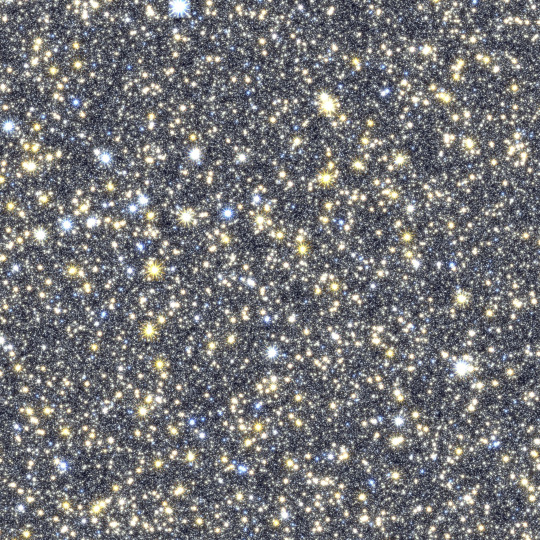
A simulated image of NASA’s Nancy Grace Roman Space Telescope’s future observations toward the center of our galaxy, spanning less than 1 percent of the total area of Roman’s Galactic Bulge Time-Domain Survey. The simulated stars were drawn from the Besançon Galactic Model.
Exploring the Changing Universe with the Roman Space Telescope
The view from your backyard might paint the universe as an unchanging realm, where only twinkling stars and nearby objects, like satellites and meteors, stray from the apparent constancy. But stargazing through NASA’s upcoming Nancy Grace Roman Space Telescope will offer a front row seat to a dazzling display of cosmic fireworks sparkling across the sky.
Roman will view extremely faint infrared light, which has longer wavelengths than our eyes can see. Two of the mission’s core observing programs will monitor specific patches of the sky. Stitching the results together like stop-motion animation will create movies that reveal changing objects and fleeting events that would otherwise be hidden from our view.
youtube
Watch this video to learn about time-domain astronomy and how time will be a key element in NASA’s Nancy Grace Roman Space Telescope’s galactic bulge survey. Credit: NASA’s Goddard Space Flight Center
This type of science, called time-domain astronomy, is difficult for telescopes that have smaller views of space. Roman’s large field of view will help us see huge swaths of the universe. Instead of always looking at specific things and events astronomers have already identified, Roman will be able to repeatedly observe large areas of the sky to catch phenomena scientists can't predict. Then astronomers can find things no one knew were there!
One of Roman’s main surveys, the Galactic Bulge Time-Domain Survey, will monitor hundreds of millions of stars toward the center of our Milky Way galaxy. Astronomers will see many of the stars appear to flash or flicker over time.
youtube
This animation illustrates the concept of gravitational microlensing. When one star in the sky appears to pass nearly in front of another, the light rays of the background source star are bent due to the warped space-time around the foreground star. The closer star is then a virtual magnifying glass, amplifying the brightness of the background source star, so we refer to the foreground star as the lens star. If the lens star harbors a planetary system, then those planets can also act as lenses, each one producing a short change in the brightness of the source. Thus, we discover the presence of each exoplanet, and measure its mass and how far it is from its star. Credit: NASA's Goddard Space Flight Center Conceptual Image Lab
That can happen when something like a star or planet moves in front of a background star from our point of view. Because anything with mass warps the fabric of space-time, light from the distant star bends around the nearer object as it passes by. That makes the nearer object act as a natural magnifying glass, creating a temporary spike in the brightness of the background star’s light. That signal lets astronomers know there’s an intervening object, even if they can’t see it directly.
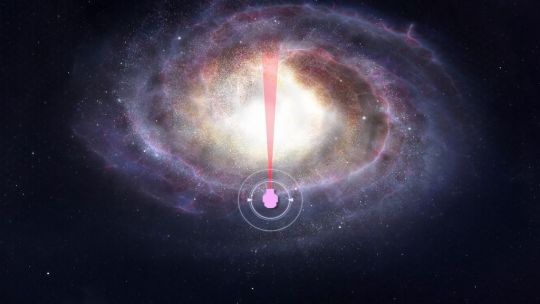
This artist’s concept shows the region of the Milky Way NASA’s Nancy Grace Roman Space Telescope’s Galactic Bulge Time-Domain Survey will cover – relatively uncharted territory when it comes to planet-finding. That’s important because the way planets form and evolve may be different depending on where in the galaxy they’re located. Our solar system is situated near the outskirts of the Milky Way, about halfway out on one of the galaxy’s spiral arms. A recent Kepler Space Telescope study showed that stars on the fringes of the Milky Way possess fewer of the most common planet types that have been detected so far. Roman will search in the opposite direction, toward the center of the galaxy, and could find differences in that galactic neighborhood, too.
Using this method, called microlensing, Roman will likely set a new record for the farthest-known exoplanet. That would offer a glimpse of a different galactic neighborhood that could be home to worlds quite unlike the more than 5,500 that are currently known. Roman’s microlensing observations will also find starless planets, black holes, neutron stars, and more!
youtube
This animation shows a planet crossing in front of, or transiting, its host star and the corresponding light curve astronomers would see. Using this technique, scientists anticipate NASA’s Nancy Grace Roman Space Telescope could find 100,000 new worlds. Credit: NASA’s Goddard Space Flight Center/Chris Smith (USRA/GESTAR)
Stars Roman sees may also appear to flicker when a planet crosses in front of, or transits, its host star as it orbits. Roman could find 100,000 planets this way! Small icy objects that haunt the outskirts of our own solar system, known as Kuiper belt objects, may occasionally pass in front of faraway stars Roman sees, too. Astronomers will be able to see how much water the Kuiper belt objects have because the ice absorbs specific wavelengths of infrared light, providing a “fingerprint” of its presence. This will give us a window into our solar system’s early days.
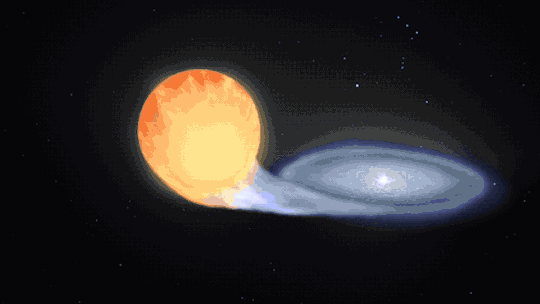
This animation visualizes a type Ia supernova.
Roman’s High Latitude Time-Domain Survey will look beyond our galaxy to hunt for type Ia supernovas. These exploding stars originate from some binary star systems that contain at least one white dwarf – the small, hot core remnant of a Sun-like star. In some cases, the dwarf may siphon material from its companion. This triggers a runaway reaction that ultimately detonates the thief once it reaches a specific point where it has gained so much mass that it becomes unstable.
youtube
NASA’s upcoming Nancy Grace Roman Space Telescope will see thousands of exploding stars called supernovae across vast stretches of time and space. Using these observations, astronomers aim to shine a light on several cosmic mysteries, providing a window onto the universe’s distant past. Credit: NASA’s Goddard Space Flight Center
Since these rare explosions each peak at a similar, known intrinsic brightness, astronomers can use them to determine how far away they are by simply measuring how bright they appear. Astronomers will use Roman to study the light of these supernovas to find out how quickly they appear to be moving away from us.
By comparing how fast they’re receding at different distances, scientists can trace cosmic expansion over time. This will help us understand whether and how dark energy – the unexplained pressure thought to speed up the universe’s expansion – has changed throughout the history of the universe.
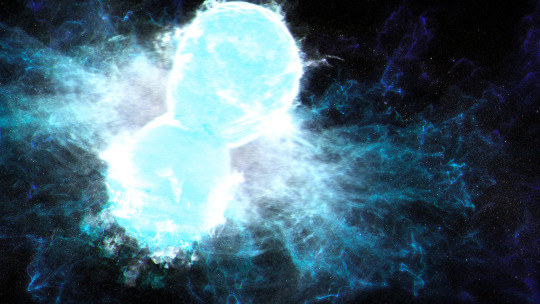
NASA’s Nancy Grace Roman Space Telescope will survey the same areas of the sky every few days. Researchers will mine this data to identify kilonovas – explosions that happen when two neutron stars or a neutron star and a black hole collide and merge. When these collisions happen, a fraction of the resulting debris is ejected as jets, which move near the speed of light. The remaining debris produces hot, glowing, neutron-rich clouds that forge heavy elements, like gold and platinum. Roman’s extensive data will help astronomers better identify how often these events occur, how much energy they give off, and how near or far they are.
And since this survey will repeatedly observe the same large vista of space, scientists will also see sporadic events like neutron stars colliding and stars being swept into black holes. Roman could even find new types of objects and events that astronomers have never seen before!
Learn more about the exciting science Roman will investigate on X and Facebook.
Make sure to follow us on Tumblr for your regular dose of space!
3K notes
·
View notes
Text
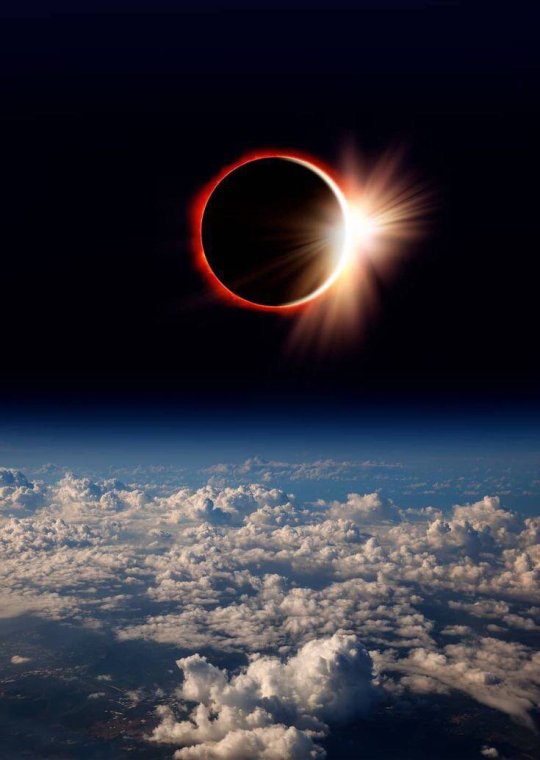
This is how Eclipse Solar 2024 is looking from space. 🔭🌘
#solar eclipse#solar eclipse 2024#eclipse#space#amazing#eclipse solar#sun#nasa#science#galaxy#nebula#cosmos#astronomy#night#sky#stars#Earth#moon#photography#earth#nature#awesome#art#day#clouds#blue#moonlight#🌙#perfect
4K notes
·
View notes
Photo

via NASA https://ift.tt/SdUZebv
3K notes
·
View notes
Text
Ok, because I have literally no self restraint: elvish NASA patches:


(Also, check if you're in the right place and have clear skies to see the comet Tsuchinshan-Atlas! I saw it last night and it's SO COOL!)
I came up with the concept for and potentially faulty etymology of Elvish NASA (VEV, Vardildi Elengolmo Vilciryamoyë) here, so I won't go into that again. I did this in a couple colors and ended up liking the concept for the purple one more, but the blue one came out much nicer, visually speaking. Purple is less...loaded, I think, with specific Elvish connotations (house of Ñolofinwë my beloveds), and the blue was my second choice even though dark blue represents the sky well because I wasn't trying to copy NASA, just be inspired by them.
I stuck the Valacirca (big dipper) in there, and again--I prefer the silver of the purple one conceptually, because those stars are created from Telperion's dew, but they stand out against the white way less well. Also, I didn't cut the thread jumps on the gold ones, and I really love the way that gives the distinctive silhouette of the constellation.
The tehta of the acronym was going to be a stylized shooting star, but literally the moment I was starting to digitize that bit was when I got called to see the comet, so I just had to try to make it a comet instead. My inability to properly digitize gradients continues to be a problem, so it isn't a great representation of a comet's tail, but whatever. An attempt was made.
The star is white, because Varda apparently has a tendency to appear to elves in a glowing white fana. It has fourteen points for theological reasons.
I really wanted to stick a stylized sun in the lower right and moon in the upper left, but I know I have a tendency to make things cluttered so I left them out. But I might try that in the future, because I really want to try out a stylized floral moon.
I have no experience with logo design, but this was a fun concept even though I have to clean it up a little! And maybe now I'll be able to work on the things that actually need doing!
#machine embroidery#pityahano#silm#silmarillion#craft#space#seriously take a look at the comet if you can it's awesome#vev#elvish nasa
180 notes
·
View notes
Text
The billions of years old meteorite that held a beautiful secret.
A hiker had stumbled across the huge meteorite on several occasions in the Fukang Mountains, China, but started to become interested at the gold glow shining from inside the massive rock.
The Fukang Meteorite basically looks like it's straight out of an Avengers movie. Or maybe Guardians of the Galaxy. Either way, it looks absolutely out of this world. Which, obviously, it is.
In 2000 near Fukang, China, a hiker discovered a 1,003 kilogram (2,211 lbs) meteorite. Now it's the most famous and expensive meteorite known to man.
Named the 'Fukang meteorite', it was identified as a pallasite. This means it's a type of stony-iron meteorite, with striking olivine (green) crystals throughout. Pallasites are extremely rare even among meteorites (only about 1% of all meteorites are this type).
Fukang has been hailed as one of the greatest meteorite discoveries of the 21st century.



#astronomy#astronomers#universe#nasa#nasa photos#astrophotography#astrophysics#outer space#nasawebb#hubble space telescope#meteroid#meteorite#meteor#meterology#our universe#space exploration#space#science#james webb space telescope#nasa science#science facts#planetary science#space science#planetary nebula#cosmos#awesome#i love astronomy#astronomy facts#astrography#astronauts
174 notes
·
View notes
Photo
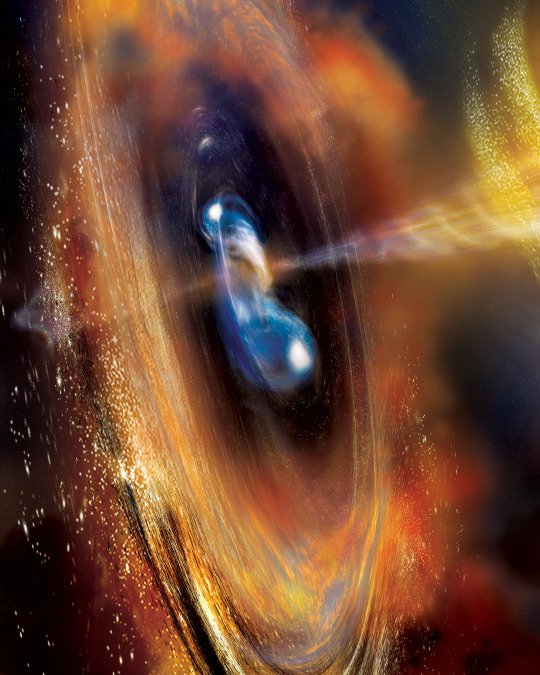
Neutron Stars Collide via NASA https://ift.tt/4jU1Eem
156 notes
·
View notes
Text

Cape Canaveral Spaceport in Florida
17 notes
·
View notes
Text
Here's the sauce :
Celestial Crystal Spheres Collection
#galaxy#space#nasa#astronomy#outer space#little space#liminal spaces#deep space nine#cosmos#awesome#neat
26 notes
·
View notes
Text
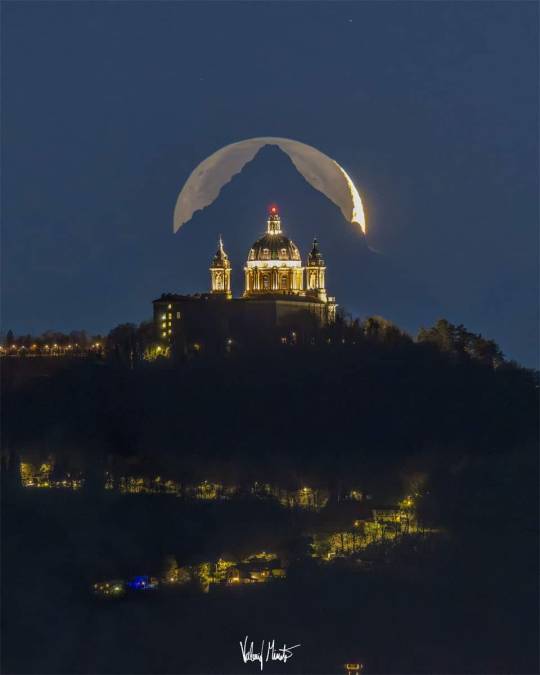
NASA Astronomy Picture of the Day:
Single shots like this require planning. The first step is to realize that such an amazing triple-alignment actually takes place. The second step is to find the best location to photograph it. But it was the third step: being there at exactly the right time -- and when the sky was clear -- that was the hardest. Five times over six years the photographer tried and found bad weather. Finally, just ten days ago, the weather was perfect, and a photographic dream was realized. Taken in Piemonte, Italy, the cathedral in the foreground is the Basilica of Superga, the mountain in the middle is Monviso, and, well, you know which moon is in the background. Here, even though the setting Moon was captured in a crescent phase, the exposure was long enough for doubly reflected Earthlight, called the da Vinci glow, to illuminate the entire top of the Moon.
https://ift.tt/LcOKeFq
37 notes
·
View notes
Text
so I just downloaded the nasa app because I wanted to learn more about space in my daily life, and as I was scrolling through the app I saw an article on the ARTEMIS MISSONS?! WAS NOBODY GONNA TELL ME THAT WE'RE SENDING MORE PEOPLE TO WALK ON THE MOON IN 2027?!! THATS THE YEAR I GRADUATE WE'RE SENDING PEOPLE TO THE FUCKING MOON THE YEAR I GRADUATE THATS SO COOL OH MY GOD. I LOVE SPACE SO MUCH IM SO EXCITED. WE'RE PUTTING MORE PEOPLE ON THE MOON!!!! THIS HASNT HAPPENED SINCE THE 70S AND WE'RE GOING BACK TO THE MOON!!!! IN MY LIFETIME!!!! AAAAAAAAAAAA IM SO EXCITED
#LIKE IM GONNA CRY THIS IS SO AWESOME I HOPE EVERYTHING GOES PERFECTLY FOR THEM#THE MOON!!! WE'RE GONNA GO ALL THE WAY TO THE MOON BECAUSE WE'RE HUMANS AND WE LOVE IT!!!! YESSSSSS I LOVE YOU MOON#nasa#space#the moon#space travel#lunar exploration
5 notes
·
View notes
Text
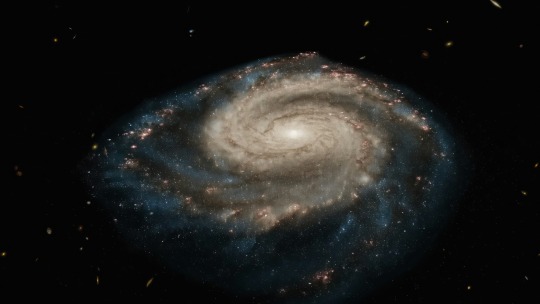
Credits: NASA, ESA, and F. Summers, J. DePasquale, and D. Player (STScI)
13 notes
·
View notes
Text
instagram




So fucking amazing. Space is so beautiful!!
40 notes
·
View notes
Text
Here’s Super Blue Moon 2023.
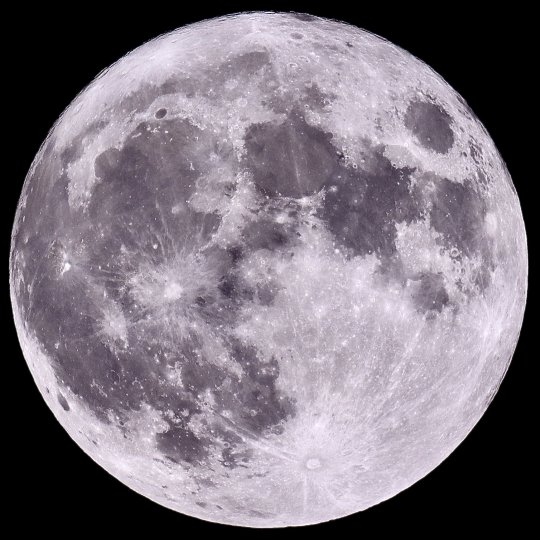
You can see a Bat flying right in front of the moon: 🦇💫
#blue moon#moon light#super blue moon#space#camera#hd#video#super moon#satellite#earth#nasa#amazing#photography#nature#tumblr#art#bat#universe#awesome#photographers on tumblr#astronomy#solar system#night#aesthetic#night sky#stars#galaxy#planet#cosmos#full moon
2K notes
·
View notes
Photo

via NASA https://ift.tt/1gluHeA
2K notes
·
View notes
Text
I appreciate all the bad ass women making tik toks and posts against Harrison Butkers idiocy but it’s not making me feel any better about my meager accomplishments
#harrison butker#text#I’m gonna end up being such a mediocre mom with an office job and a failed art dream and I’m just gonna try really hard not to think about I#women are awesome#moms are awesome#I can still be awesome as a mom#but seeing the 24 year olds with five degrees and nasa jobs isn’t really making me feeling better
4 notes
·
View notes